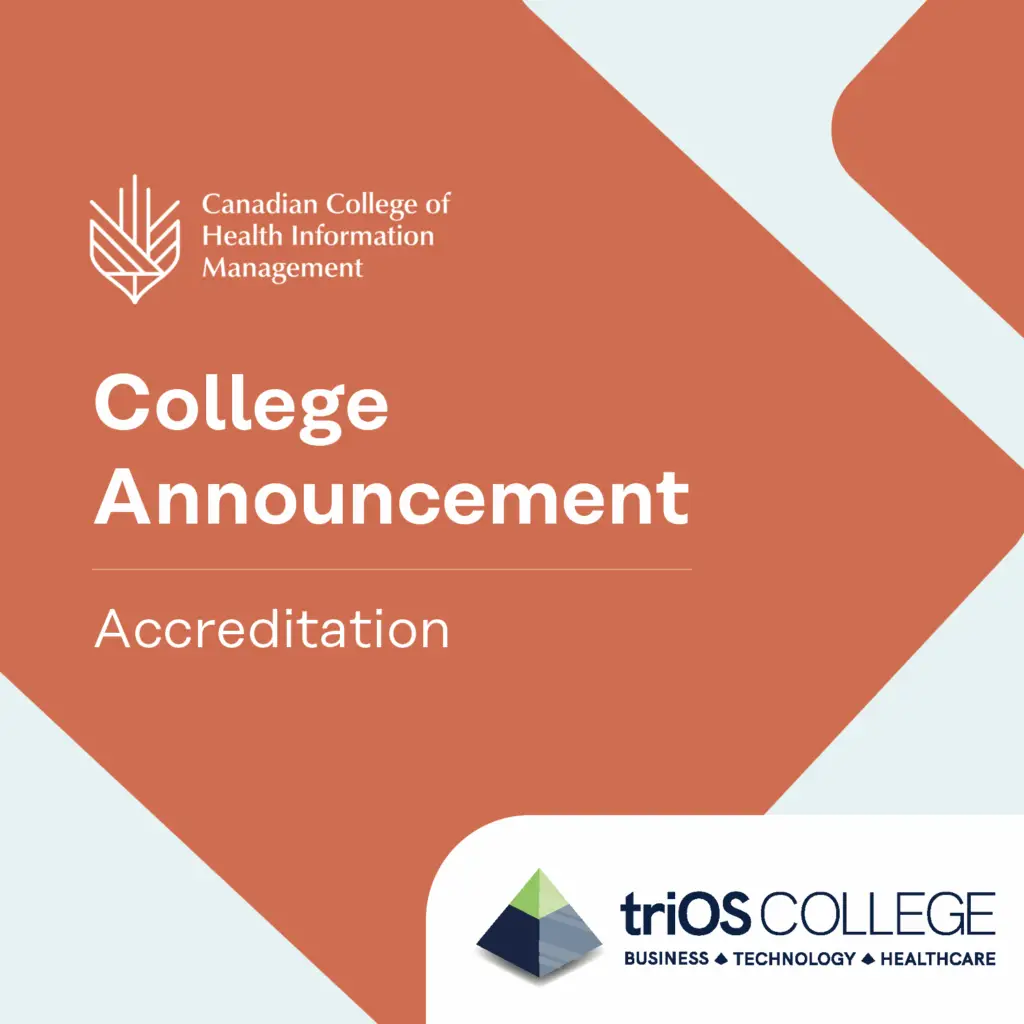
Data is a precious resource. But, unlike other resources, when data is used, it doesn’t decrease in value—it increases. However, that fact is contingent upon a critical factor: those who use the data use it effectively. And it’s why establishing improved information governance (IG) is essential for Canada’s health care system.
It’s also why CHIMA has—with the help of Eric Sutherland, executive director of the Pan-Canadian Health Data Strategy at the Public Health Agency of Canada (PHAC)—introduced the CHIMA Information Governance Community. It’s a community based upon open-source principles to strengthen data and information foundations in Canada. The community welcomes participants to share best practices and resources along with volunteering to develop IG-related educational materials.
Experience varies, and some participants understand the complexity of information governance and know that health care operates within an integrated and interconnected data supply chain. They also see how working for the public good means finding ways to address the idiosyncrasies that currently exist from facility to facility and from system to system within Canada’s vast health care network. Those who are new to the practice area of IG are encouraged to listen in to expand their knowledge.
Consider data the electricity of the health care system—and the 21st century similar to the 1880s when electricity was made accessible and useful to as many people as possible.
During the first virtual IG community meeting on April 22, 2021, Eric partnered with Rachel Hemeon from the Data Governance and Standards Office at the Canadian Institute for Health Information (CIHI) to provide an overview of their presentation Bringing Data to Life Through Information Governance. It is available through CHIMA for continuing professional education (CPE) credits and explores how the lines between data, care, and analysis are blurred; and how improved IG translates into better outcomes for any organization. To that end, data experts at CIHI have made available the Health Data and Information Governance and Capability Framework. Among other things, it’s an assessment tool based on factors such as strategy and governance; policies and processes; assets and standards; people and knowledge.
Afterwards, a robust discussion ensued among meeting participants about how standardization is an essential step toward the secure sharing of information across any national network. And many agreed the time is right to invest in creating and establishing that standardization within Canada’s health care system. Interestingly, a metaphor emerged: consider data the electricity of the health care system—and the 21st century similar to the 1880s when electricity was made accessible and useful to as many people as possible. The IG community is designed to help in this regard by bringing like-minded individuals together to work toward these goals more seamlessly and more effectively.
Further discussion focused on addressing a very contemporary disconnect—more of us are allowing individual data to be collected than ever before. For example, we use smart devices and wearable technology to track details of our behaviour and vital statistics, but fewer of us are bringing that data to bear on conversations we’re having with, for example, our family doctors. Meeting participants brainstormed and debated potential solutions. One is to develop strategies for health care entities to partner with the companies creating these devices. Another included creating a single health record that allows patients to determine what portions of their information are shared or uploaded. Participants also voiced concerns about the inherent affordability and accessibility of computer apps and the emergence of “health passports”—the ethics surrounding such developments and what it would mean for Canadians.
Meeting participants agreed there are several questions that any organization working on its information governance may need to ask. The IG community meetings aim to be a place where such questions can be raised, addressed, and strategized for the benefit of all. Some questions participants expressed curiosity around included: What problem does IG solve for your organization? What was the catalyst to get you on the road to IG? And what are the drivers that keep your organization going in IG? What roles or procedures has your organization developed in the process? How about education requirements and determining whose role it is within your organization to educate others in IG?
During the meeting, helpful resources were also shared: the American Health Information Management Association (AHIMA) Information Governance Adoption Model being one; and Dataversity, which hosts free webinars on topics such as enterprise data management and stewardship.
And it wouldn’t be a community meeting if challenges went unmentioned. Participants put at the top of the list: questions about how to harmonize legislation across Canada’s health care system in light of its currently siloed nature; and how to support organizations in prioritizing the adoption of data and information governance strategies.
It’s just the sort of challenge that participants within the IG community are keen on tackling together. And there’s room for many more people at the table.
Please visit the CHIMA Information Governance Community webpage to access the Bringing Data to Life Through Information Governance education session and register for forthcoming IG community meetings. Registration for July 22, 2021, meeting will open soon.



